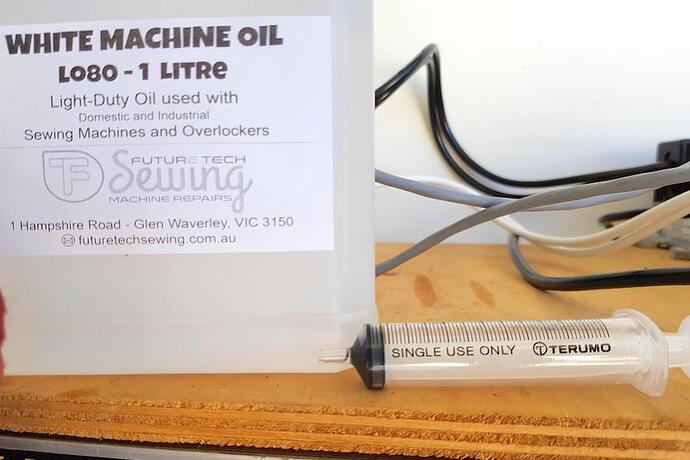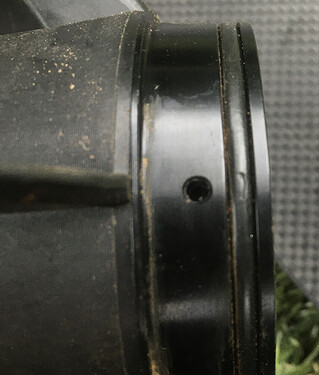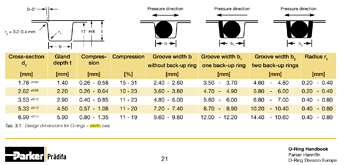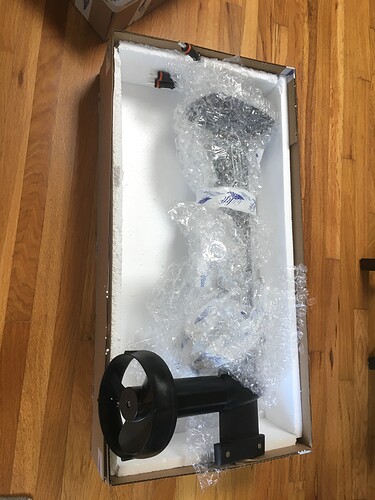Yes, Alexandre, I expect that o-ring’s age and assembly errors caused this catastrophic failure.
For the record, I never saw any oil leaking and there was some rusty residue concealed by the duct-mount at the junction between the back of the motor housing and the housing itself. I only saw this rusty residue after removing the duct-mount.
Motor made the usual operational sounds and worked fine when I most recently had it in the water a couple of months ago.
I just updated the firmware and was ready to get in the water again and then this rusty can of worms
I hope to get this motor in shape again and I expect that the motor’s enamel-coated magnet-wire may have corroded to the point of shorting out time will tell what Lift and I can work out this week.










